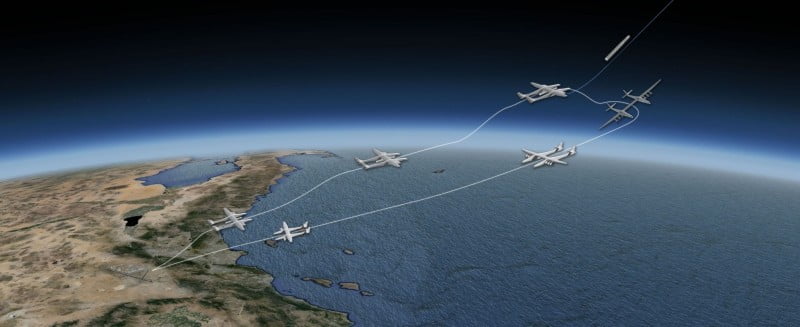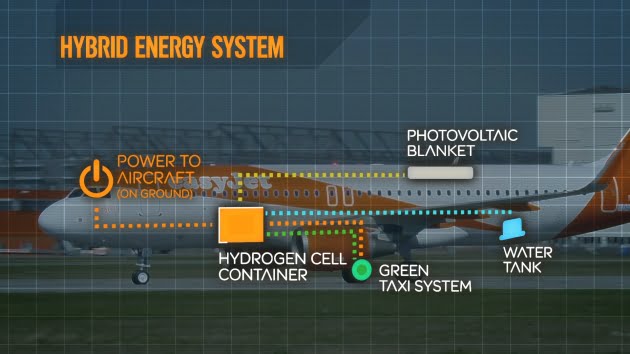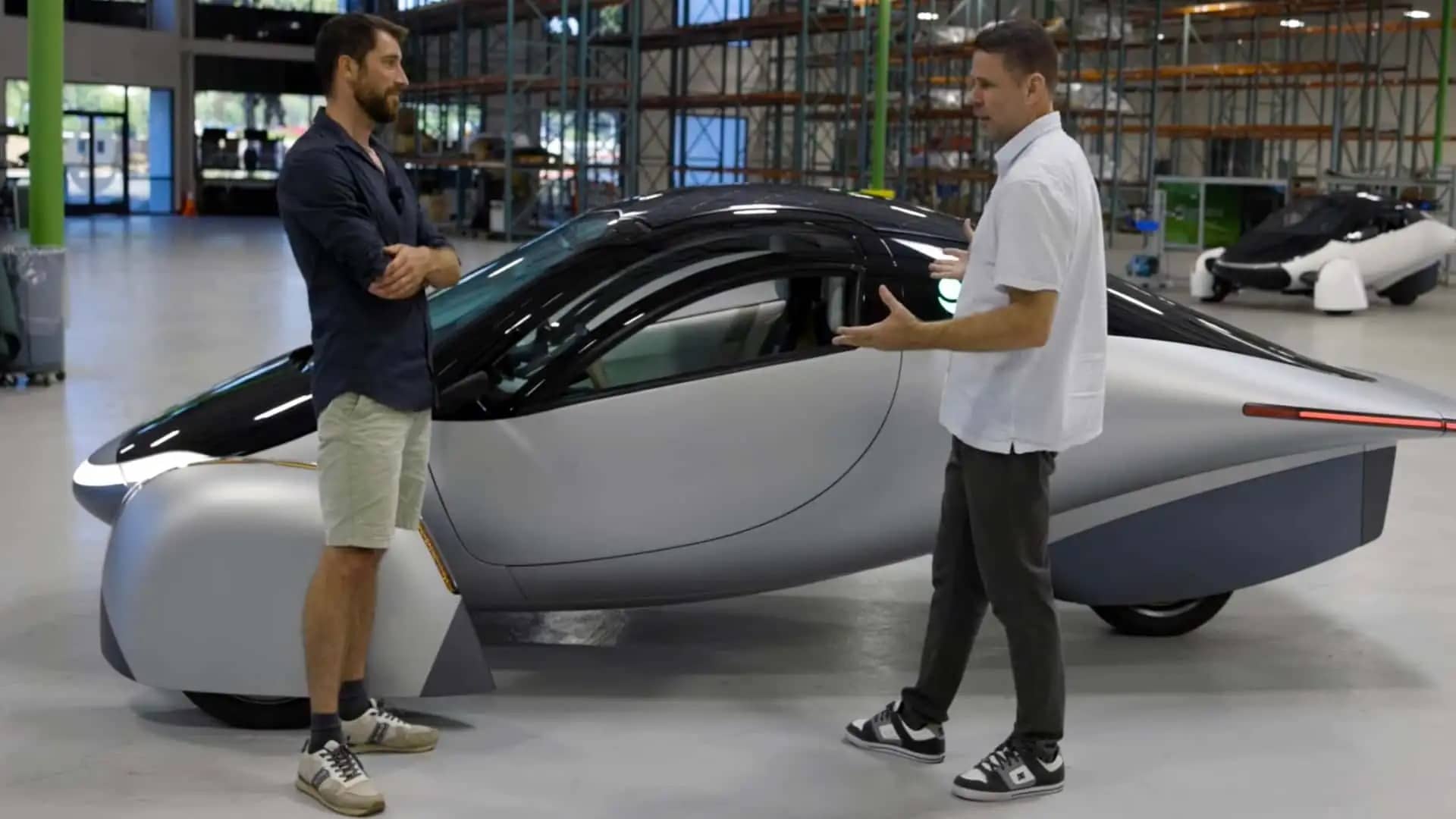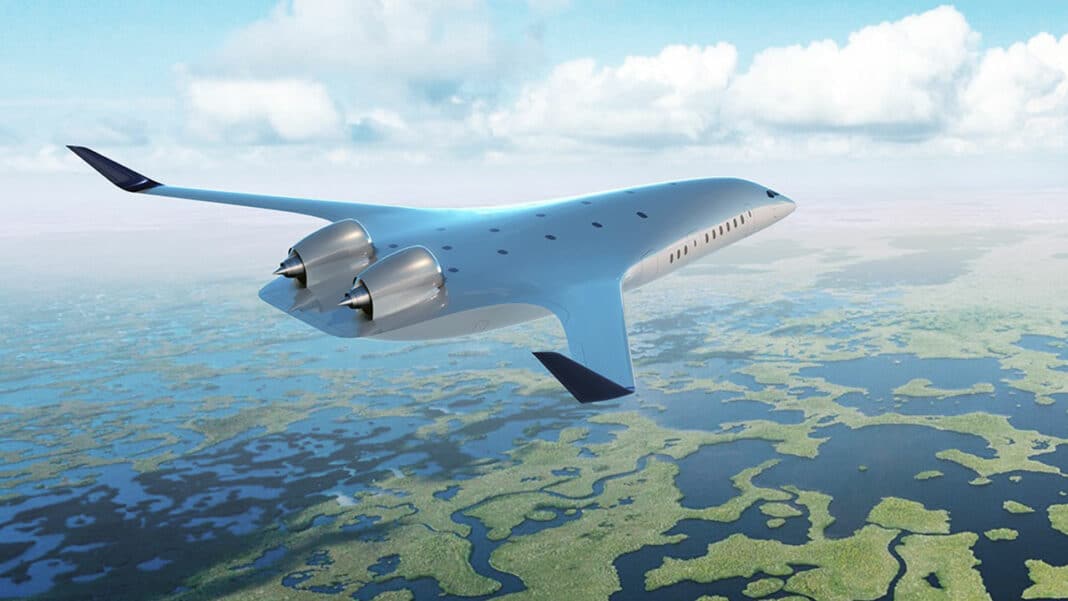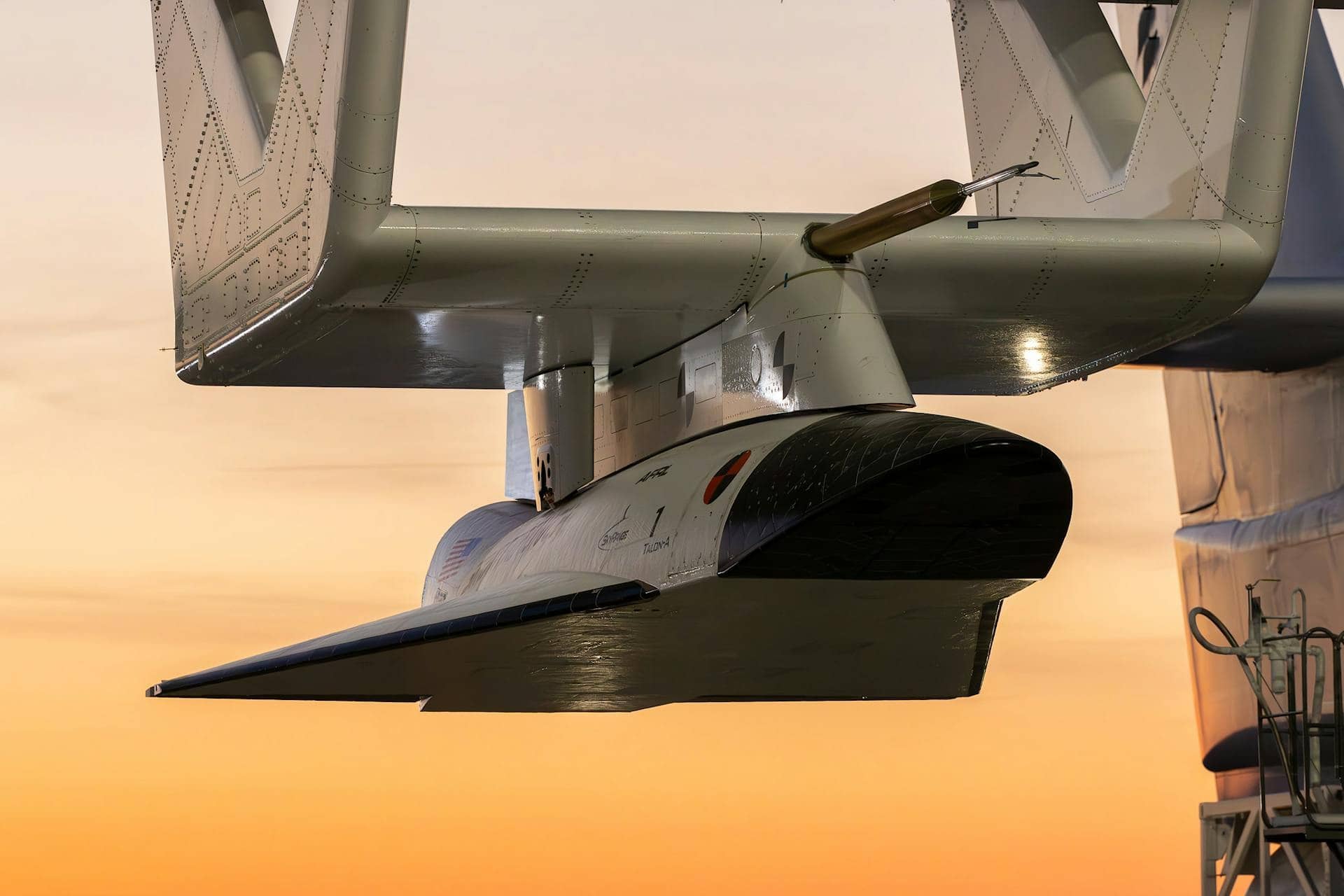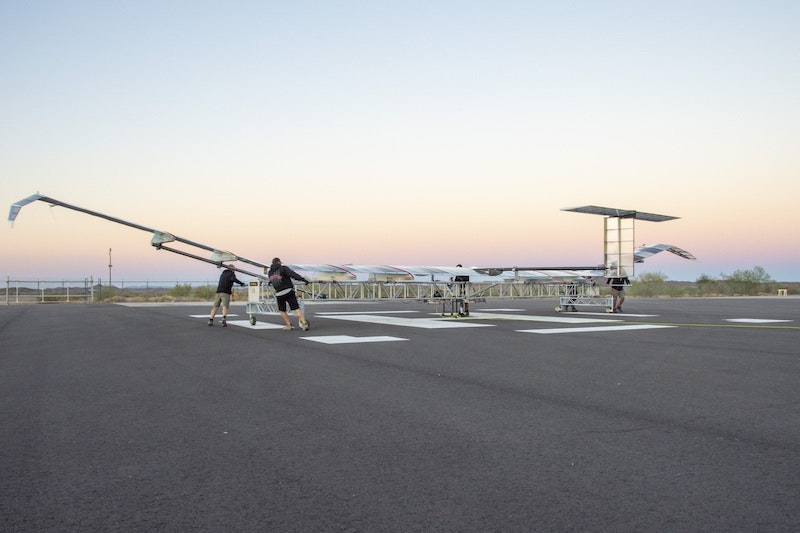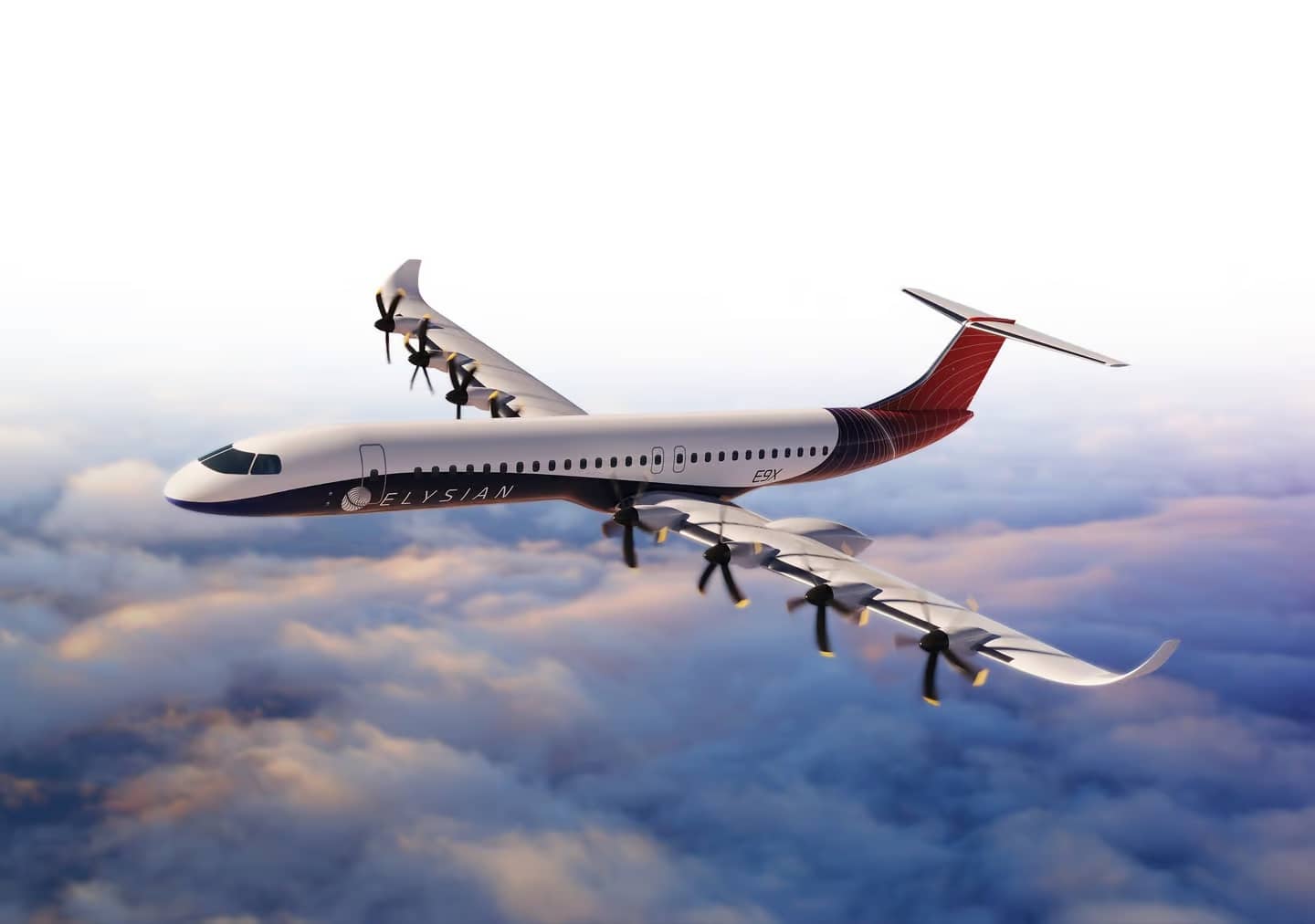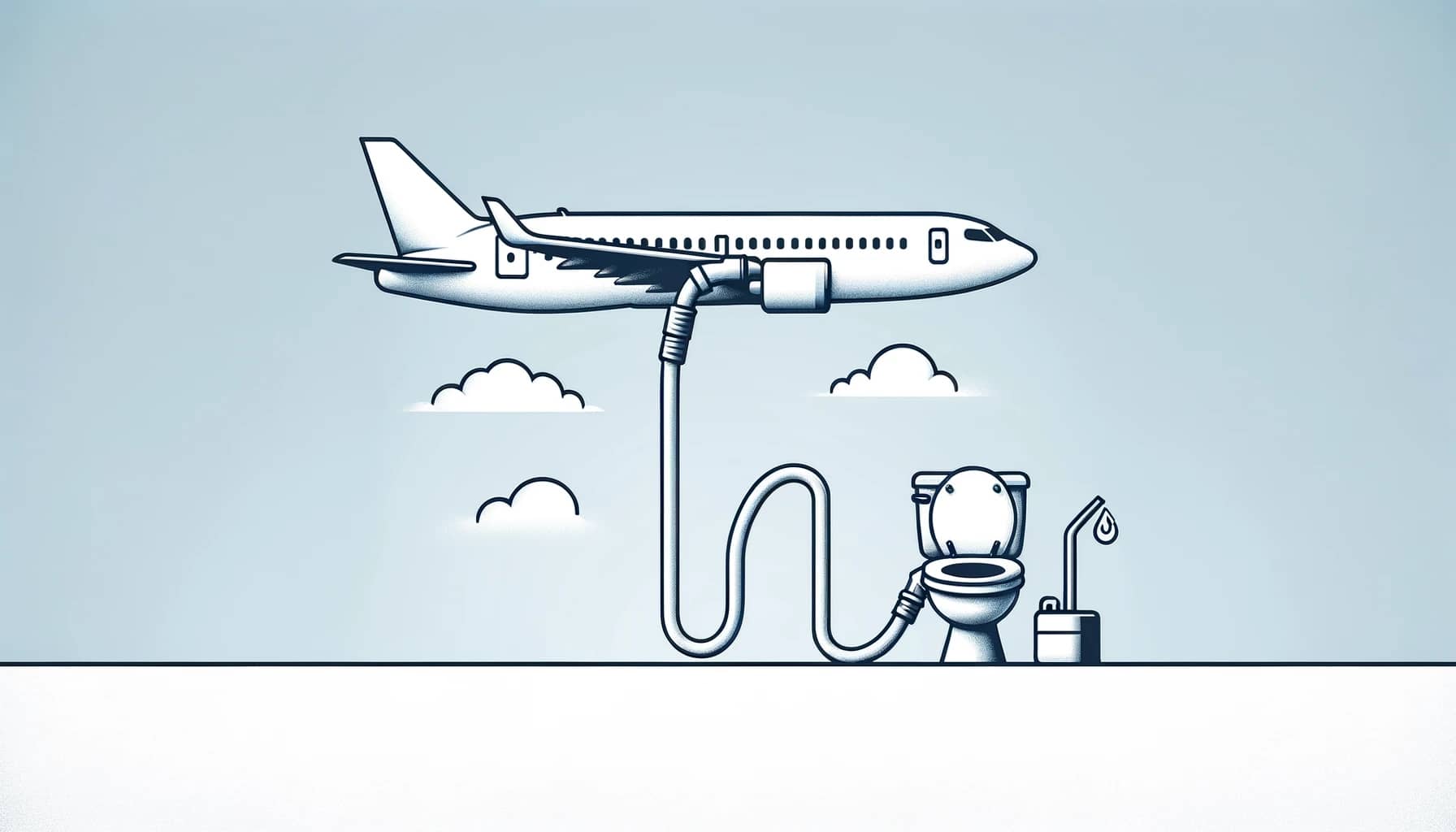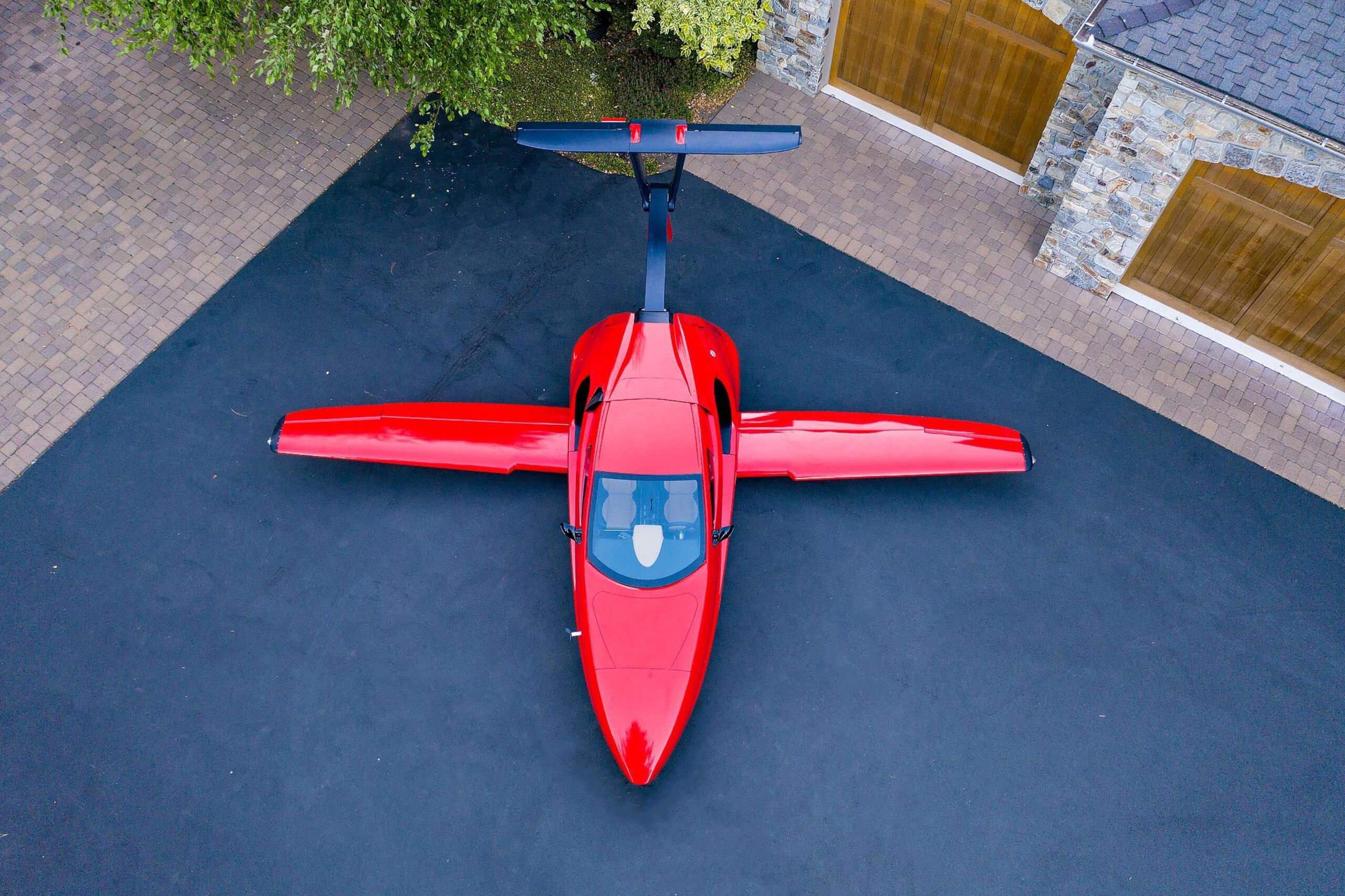Paul Allen and the largest plane in the world
Microsoft co-founder Paul Allen is working on a "big" project: he wants to build (and fly) the largest plane in the world. In the competition for the race to conquer space, Paul Allen has decided to rely on SpaceX and Virgin Galactic for the creation of a particular and enormous plane from which to launch satellites into orbit. According to Reuters, which launched the news, Stratolaunch Systems, a division of the Vulcan Aerospace company owned by Paul Allen, … Read more
